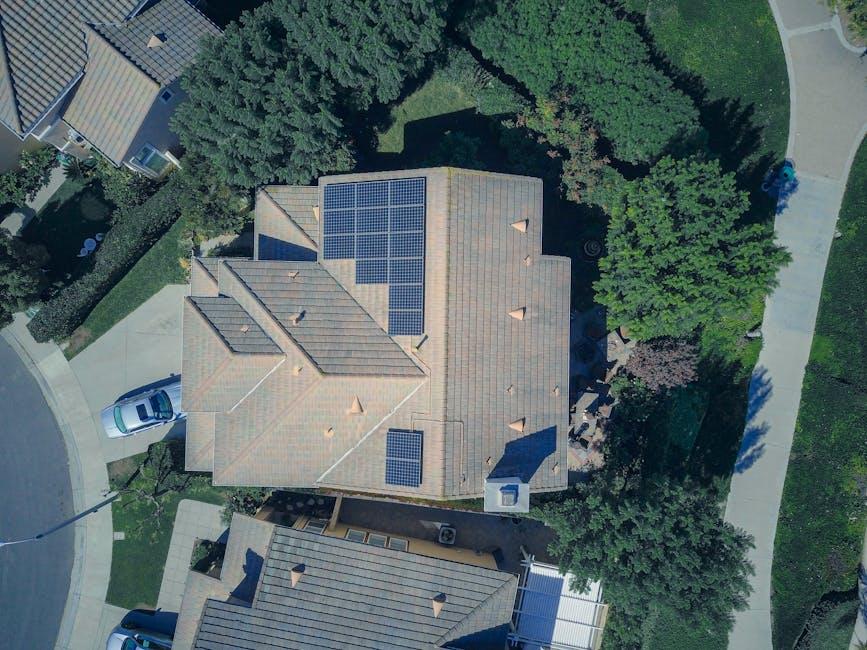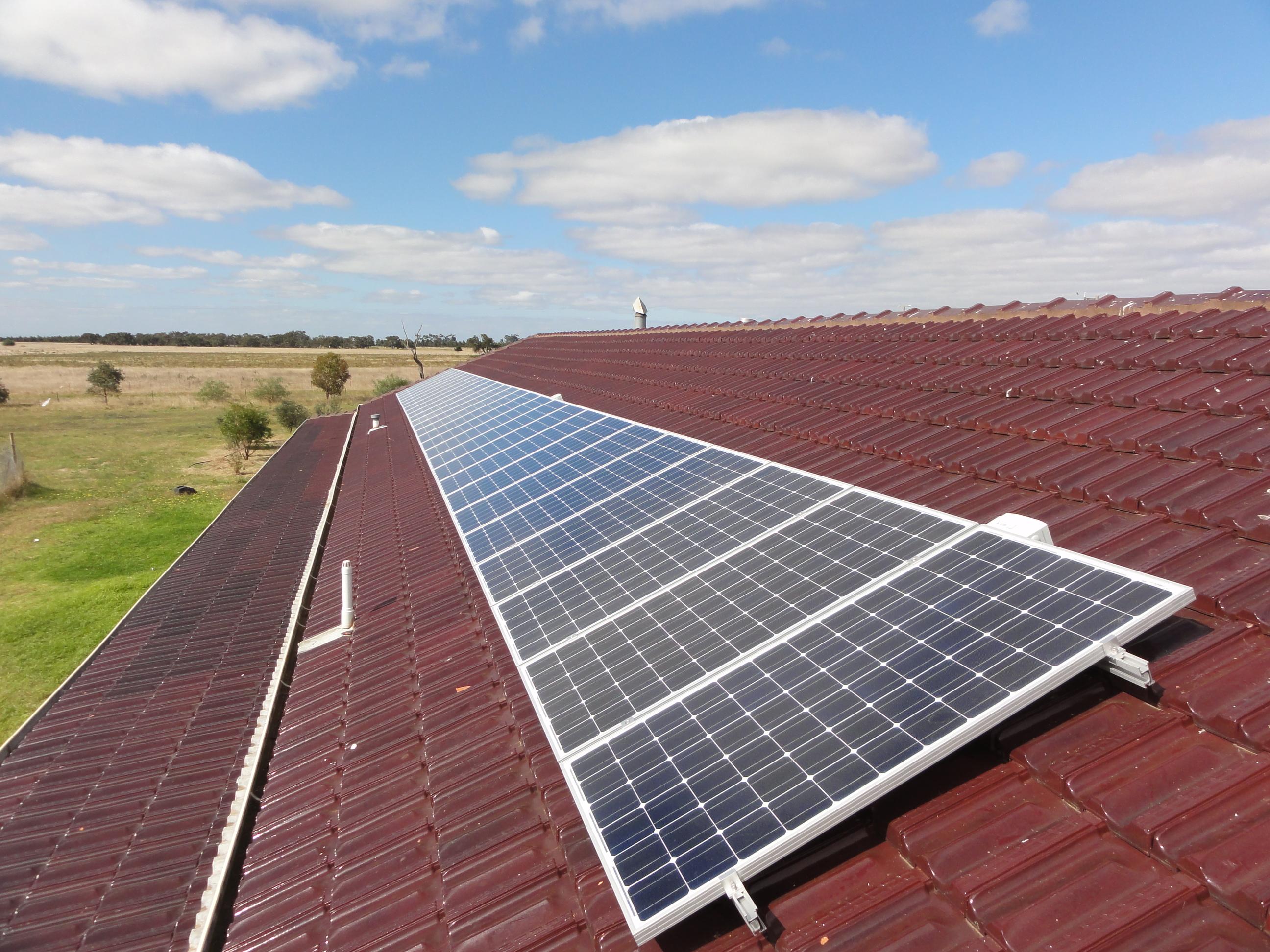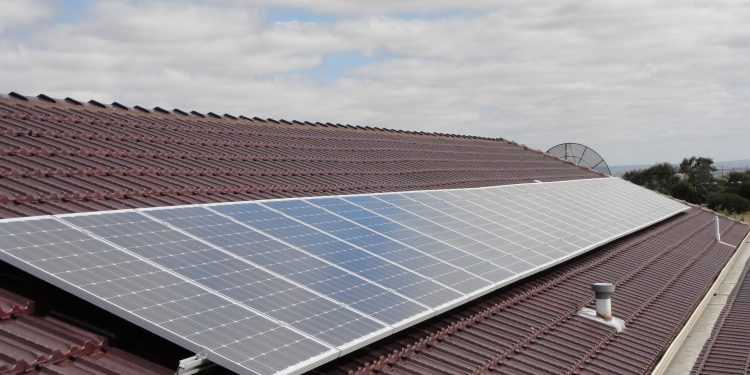In a world increasingly powered by the sun, the gleam of solar panels has become a common sight on rooftops across neighborhoods. As residential solar installations proliferate, they symbolize not just a shift in energy sourcing but a movement towards sustainability embraced by homeowners. Yet, in the shadow of this rooftop revolution lies a question that remains largely unexplored: Is the fervent focus on residential solar initiatives inadvertently stalling the momentum needed for the widespread adoption of large-scale solar projects? This article delves into the intricate dynamics between these two solar paradigms, exploring whether the individual pursuit of solar independence is paving the way for a brighter future or casting a long shadow over the potential of grander, collective solar endeavors.
Evaluating the Current Landscape of Residential Solar Investment
In the burgeoning world of solar energy, the spotlight has increasingly shifted towards residential solar solutions. This focus stems from several compelling advantages. Homeowners benefit from reduced electricity bills, while governments and environmental advocates promote these installations as a step towards a sustainable future. However, this emphasis may inadvertently overshadow the potential of large-scale solar projects, which could deliver more substantial energy returns. Key advantages of residential solar include:
- Personal energy independence
- Direct economic incentives such as tax credits
- Localized energy production reducing transmission losses
Yet, the allure of residential solar must be balanced with the understanding that large-scale solar farms offer significant benefits. These include economies of scale, more efficient energy distribution, and a higher capacity to meet urban energy demands. Challenges facing large-scale adoption often revolve around land use, initial investment, and regulatory hurdles. By fostering a complementary relationship between residential and large-scale solar projects, the energy sector can more effectively address global energy needs while accelerating the transition to a renewable energy future.

Balancing the Scales: Residential vs. Large-Scale Solar Initiatives
As solar energy continues to illuminate the path toward sustainable living, a dynamic tension exists between residential and large-scale solar initiatives. Each plays a pivotal role in our energy landscape, yet their paths often diverge in terms of focus and impact. Residential solar installations empower homeowners, offering autonomy over energy consumption and an immediate reduction in electricity bills. They encourage grassroots movements, transforming communities into proactive environmental stewards. However, the allure of individual empowerment sometimes overshadows the vast potential of large-scale solar projects, which promise a collective leap towards significant carbon reduction.
Large-scale solar initiatives, on the other hand, wield the power to transform national grids, supplying massive amounts of renewable energy and serving as a cornerstone for national energy strategies. These projects, often backed by government incentives and corporate investments, have the potential to achieve economies of scale that residential installations cannot match. Yet, the focus on the individualized approach of residential solar might dilute the resources and attention needed to propel these grander ventures. To truly balance the scales, it is essential to foster a harmonious synergy between both domains, encouraging policies and investments that do not merely prioritize one over the other but instead create a holistic framework that maximizes the strengths of both.
- Residential Solar: Empowers individuals, immediate impact, community-driven.
- Large-Scale Solar: Massive potential, supports national grids, economies of scale.

Understanding Economic Impacts on Broader Solar Adoption
When analyzing the broader adoption of solar technology, economic factors play a pivotal role. The focus on residential solar systems, while beneficial in decentralizing energy production and empowering homeowners, often comes with its own set of economic implications. Costs associated with residential installations can be significant, impacting both the homeowner’s budget and the availability of incentives for larger-scale projects. Government subsidies and tax credits frequently target residential systems, which can divert resources away from utility-scale solar farms that promise a higher energy yield and more substantial carbon offset potential.
- Investment Distribution: A significant portion of solar investments tends to favor residential installations, potentially slowing down the growth of larger projects.
- Policy Implications: Policymakers often face the challenge of balancing incentives between residential and commercial solar developments, impacting overall solar adoption rates.
- Market Dynamics: As the residential market matures, the focus may shift towards more comprehensive solutions that integrate both residential and large-scale solar systems, fostering a more sustainable energy ecosystem.

Strategic Recommendations for Harmonizing Solar Growth
To foster a balanced expansion of solar energy, several strategic recommendations can be implemented. Firstly, enhanced incentives for utility-scale projects could be introduced, encouraging larger investments while ensuring the infrastructure is in place to support such developments. Simultaneously, fostering collaborative partnerships between residential and commercial sectors can create a more integrated approach to energy distribution.
- Policy Frameworks: Develop robust policies that support both residential and utility-scale solar initiatives, ensuring they complement rather than compete with each other.
- Technology Sharing: Encourage the exchange of technological advancements and best practices across sectors to drive innovation and efficiency.
- Community Engagement: Actively involve local communities in decision-making processes to align solar growth with regional energy needs and socio-economic goals.
By adopting these strategies, the solar industry can work towards a future where both residential and large-scale solar projects thrive in harmony, meeting the energy demands of a growing global population.
The Conclusion
In the ever-evolving landscape of renewable energy, the delicate balance between individual empowerment and collective progress continues to unfold. As we cast our gaze toward the horizon, the question of whether the spotlight on residential solar dims the potential of large-scale adoption remains a pivotal point of contemplation. The dance between the personal and the communal reflects the intricate tapestry of our energy future, where each thread holds its own unique value. In this symphony of sunlight, perhaps the true harmony lies not in choosing one path over the other, but in weaving them together to create a sustainable world that thrives on diversity and innovation. As we stand at this crossroads, the choice is not simply a matter of scale, but of vision—one that envisions a future where every beam of light contributes to a brighter tomorrow.

































